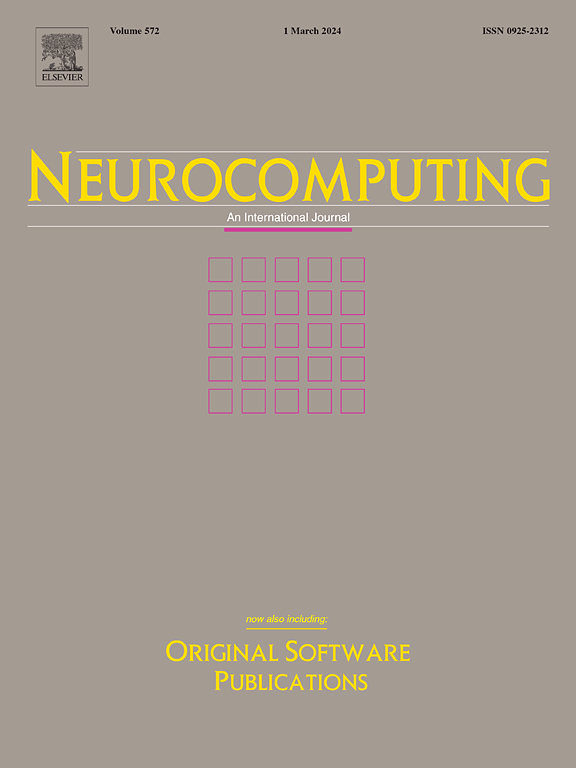Centroid-based Contrastive Consistency Learning for transferable deepfake detection
IF 5.5
2区 计算机科学
Q1 COMPUTER SCIENCE, ARTIFICIAL INTELLIGENCE
引用次数: 0
Abstract
Previous research efforts in deepfake detection mainly concentrated on identifying and differentiating artifacts discernible to humans. Those methods have left a bias in learned models, as they tend to concentrate on the disparities between forged and natural regions from the perspective of a single sample while overlooking consistency within categories from the perspective of the entire sample set, which remains crucial across various real-world applications. Therefore, inspired by contrastive learning, we tackle the deepfake detection problem by learning the invariant representations of both categories. Our proposed method, termed Centroid-based Contrastive Consistency Learning (C3L) method, integrates constraints on representations at both the data preprocessing and feature extraction stages. Specifically, during data preprocessing, we consider both temporal relationships within videos and the latent relationships within synthesis data. We introduce a novel Positive Enhancement Module (PEM) designed to characterize natural and forged samples in a facial semantically irrelevant way, thereby guiding a task-oriented positive pair contrasting strategy. In addition, at the feature extraction stage, we introduce the Margin Feature Simulation Module (MFSM), which leverages the centroid of the natural category to simulate marginal features for both categories. Subsequently, we employ the Supervised Contrastive Margin Loss (SCML), utilizing simulated features to emphasize differences at decision boundaries and optimize the learning process. The effectiveness and robustness of the proposed method have been demonstrated through extensive experiments.
求助全文
约1分钟内获得全文
求助全文
来源期刊

Neurocomputing
工程技术-计算机:人工智能
CiteScore
13.10
自引率
10.00%
发文量
1382
审稿时长
70 days
期刊介绍:
Neurocomputing publishes articles describing recent fundamental contributions in the field of neurocomputing. Neurocomputing theory, practice and applications are the essential topics being covered.
 求助内容:
求助内容: 应助结果提醒方式:
应助结果提醒方式:


